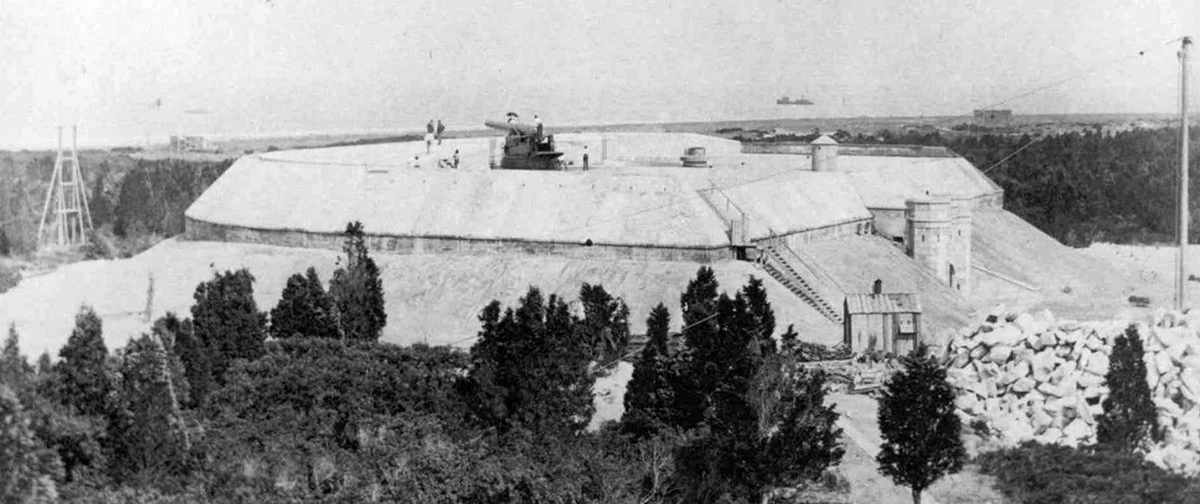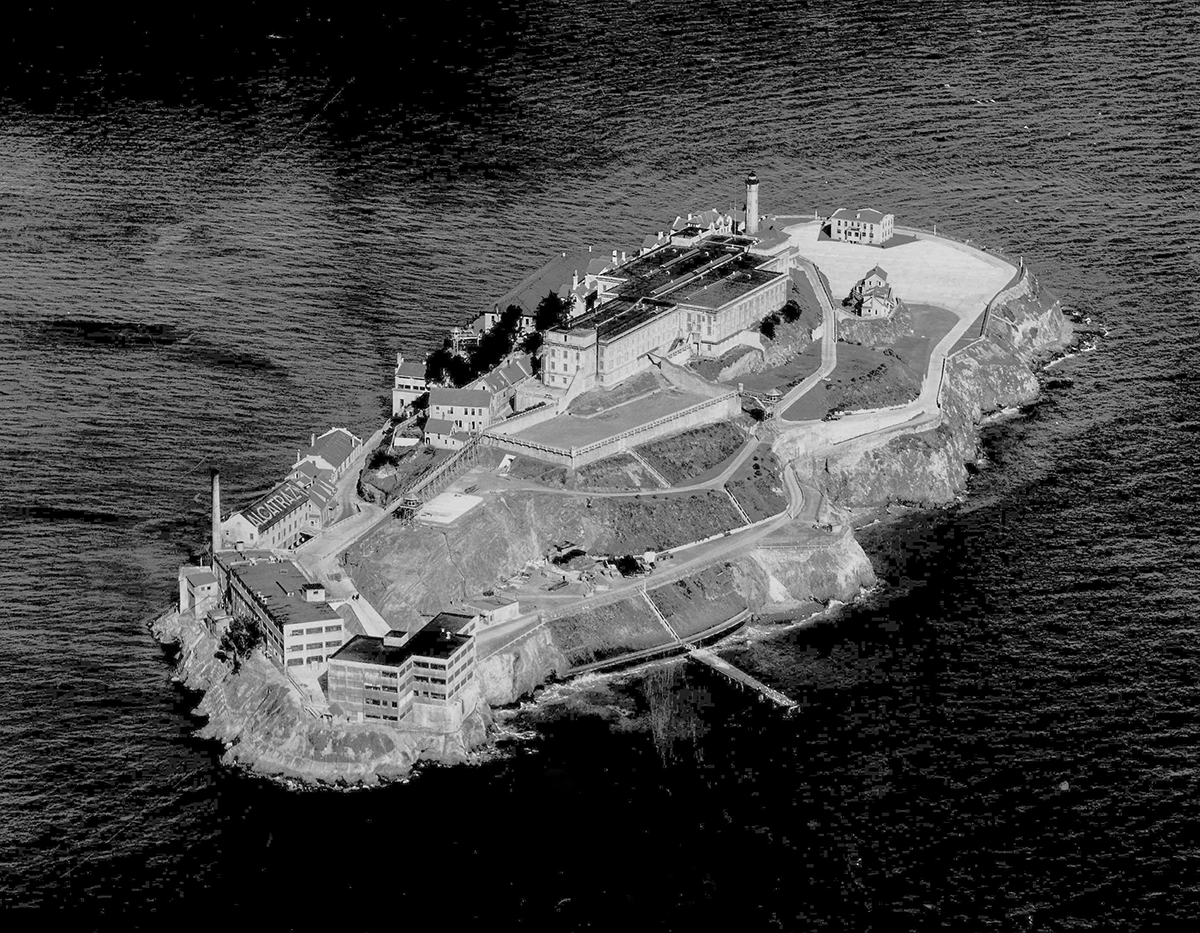Sunday, October 5, 2025
Battery Potter was constructed from 1890-1892 in Fort Hancock, New Jersey. It was the first and only operational disappearing lift-gun in the United States and it was the first Endicott system battery to have been completed and fired. Battery Potter was originally called "Lift-Gun Battery #1" and was constructed at the cost of $357,100. It is a 3-story tall castle-like fortification which used masonry in its construction and which included internal mounts for Gatling guns and rifle slits to defend against landward threats, making it the last battery constructed with those features in the US.
Click here for the video.
Battery Potter's disappearing gun lift was a massive steam powered hydraulic lift which could rotate either of two 12", 52-ton, M1888 guns 360 degrees to fire in any direction before lowering back down to the protected loading bay. The first level housed the gun lift mechanism and magazines. The second level was where the guns were lowered, locked and loaded. Shells and powder were brought up from the lower level by an elevator and wheeled to the gun breech. Once loaded the gun was raised to the 3rd story terreplein, unlocked, aimed and fired. The M1888 guns fired a 1,000 lb shell nearly 8 miles.
In order to maintain operational readiness, the steam plant which powered Battery Potter's guns had to be running continuously. Further complications include the fact that it took over two minutes to fire and reload each gun. Before the construction of Battery Potter was even complete, the Army had devleloped a new gun carriage system called the Buffington-Crozier carriage which could fire two rounds per minute. While only able to provide 180 degree coverage, the newer and faster system became the standard. Battery Potter was thus obsolete before it was even operational and as a result it only served from 1894-1907 when a new battery was built nearby and the guns and lifts were repurposed elsewhere.
After Battery Potter's guns were removed, other batteries' fire control stations were built on the roof. After those batteries were deactivated in the 1920s, the fire control stations here were abandoned. In 1943, a harbor entrance control post was built and radars were installed on Battery Potter. After WWII these, too, were abandoned and Battery Potter went silent for about 30 years. In 1974, Battery Potter was transferred to the National Park Service along with the rest of Fort Hancock. Several of the actual shells which would have been fired by the guns at Battery Potter can be found scattered on the ground near the entrance today.
Another gun lift battery, and the only other 3-story Endicott design ever in existence, was concurrently being constructed at Fort Delaware around the same time, but plans were modified to the newly developed disappearing gun carriage design before this version was completed, making Battery Potter the first and only such design.
Historic Photos of Battery Potter











End Historic Photos
Labels: coastal defense, fort, historic, military, new jersey, WWI




























